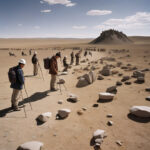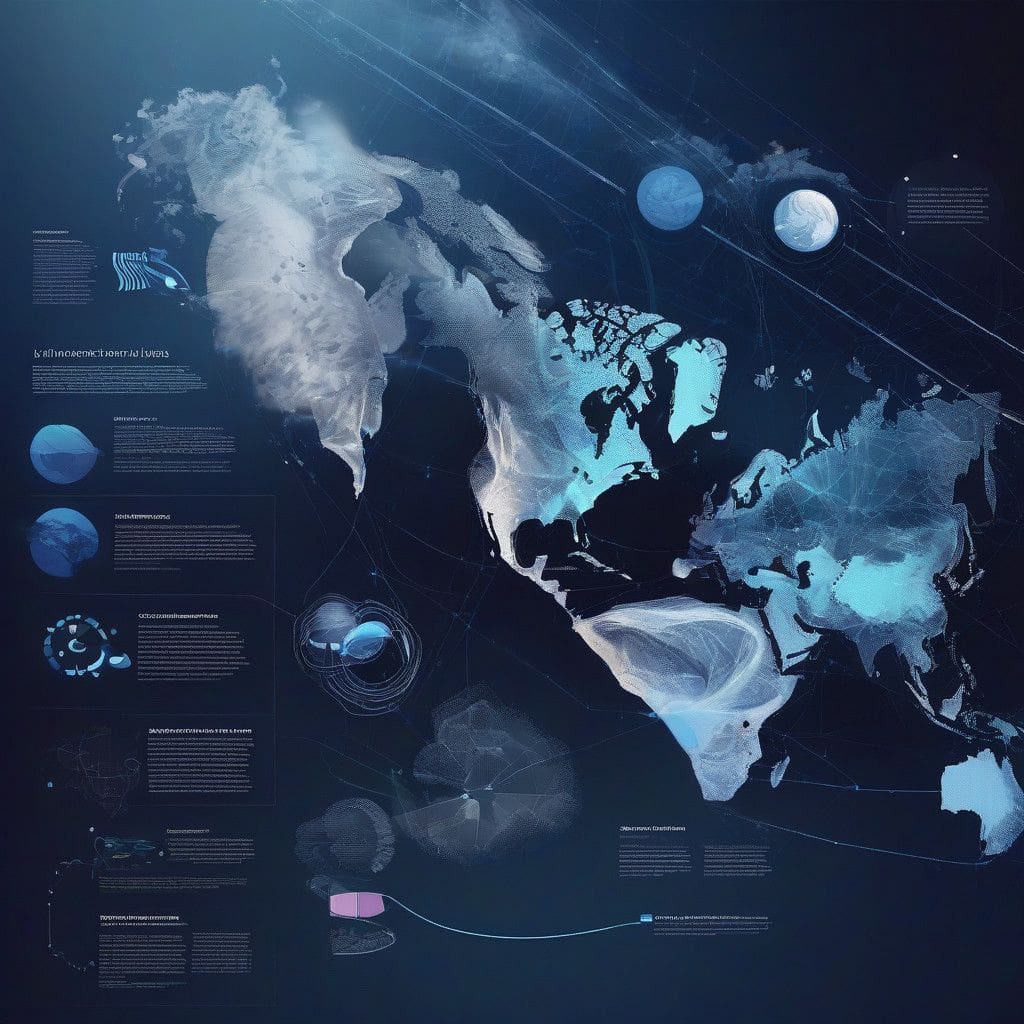In a significant move towards addressing pressing environmental challenges, IBM and NASA, in collaboration with the Oak Ridge National Laboratory, have introduced a groundbreaking weather and climate foundational model. This innovative approach not only harnesses NASA’s extensive Earth observation data but also makes it incredibly accessible for researchers worldwide. What sets this model apart is its open-source nature, allowing scientists to refine and specialize it for various climate-related issues without requiring massive computational resources.
At the heart of this project is NASA’s vast repository of Earth observation data. Dr. Juan Bernabé-Moreno from IBM highlights that sharing data alone is insufficient. To truly make a difference, there is a need for a foundational model built on top of this wealth of information. “By creating this model, we aim to provide the scientific community with the tools to address specific problems without starting from scratch,” he explains. For instance, researchers can utilize this model to efficiently analyze terabytes of data and draw insights with minimal engineering effort.
The foundational model significantly improves weather and climate predictions, particularly in the crucial area of downscaling. Traditionally, downscaling required weeks of processing power and expertise, often involving large computational clusters. In contrast, this model allows for rapid analysis with a mere 500 to 1,000 additional data points and just a few GPUs. This revamped efficiency opens the door to generating numerous scenarios that deliver richer and more varied results.
Scalability has been a long-standing challenge in climate science. The limitations often arise from computational constraints, data availability, and the complex integration of various data types. The new foundational model efficiently addresses these issues, enabling faster analyses and the identification of relationships in the data that were previously obscured. “What used to take weeks can now be completed in hours,” Dr. Bernabé-Moreno notes, underlining the transformative potential of this innovative approach.
The model utilizes the MERRA-2 dataset from NASA, known for its high resolution and comprehensive variables like temperature, humidity, and wind speed. However, its flexibility is one of its most significant breakthroughs. Researchers are not confined to MERRA-2; they can also adapt the model using different datasets, enhancing its applicability across various fields, including renewable energy. For example, the downscaled model can provide asset-level precision crucial for solar and wind energy predictions.
As climate models generally operate at coarse resolutions, downscaling is essential to gain insights into extreme weather phenomena that require much finer detail. By downscaling climate projections, scientists can better understand emerging weather patterns and their implications. This capability is not just beneficial for scientists but also for policymakers and industries, such as agriculture and insurance, striving to prepare for future climate scenarios.
The advent of gravity wave parameterization within the model further enriches its scientific capabilities. Gravity waves are vital in understanding atmospheric dynamics yet challenging to capture through conventional methods. This model facilitates a clearer understanding of gravity wave interactions with atmospheric conditions, ultimately aiding in broader scientific discourse.
The commitment to open-source development is a cornerstone of this model’s design. NASA’s open science initiative complements IBM’s objective to encourage widespread adoption among researchers. By dismantling barriers, the model invites collaboration from various institutions, enabling collective contributions to solve climate challenges. “No one organization can tackle climate change alone,” asserts Dr. Bernabé-Moreno. Open-source efforts can drive innovation, as evidenced by the community-building response to earlier models, which saw universities and organizations develop specialized applications and provide constructive feedback, enhancing overall performance.
Promising results are already emerging from this collaboration. Recent tests combining weather forecasts with high-resolution radar data have demonstrated the model’s adaptability in short-term predictive scenarios. “The insights we gain through ongoing collaboration are invaluable and help us prepare for the next iteration of the model,” Dr. Bernabé-Moreno emphasizes.
The potential for future discoveries using this foundational model is impressive. By merging various datasets, researchers can explore relationships between weather patterns and biodiversity or examine how climate influences renewable energy generation. Such interdisciplinary studies are crucial for formulating effective strategies to combat climate change.
The collaborative efforts between IBM and NASA highlight the importance of institutions working together to address global challenges. Their relationship extends back to the Apollo missions, underlining a shared commitment to scientific advancement and innovation.
As foundational models and generative AI revolutionize climate science, it is essential to recognize that the next breakthroughs will come from the community leveraging these advanced tools. The critical question remains: how will the best scientific minds utilize this model to unlock new insights and solutions?
The open-source weather and climate foundational model from IBM and NASA stands as a testament to the power of collaboration. By providing scientists and researchers with robust tools and datasets, we can collectively work towards a more sustainable future. The road ahead is promising, filled with potential for discovery and innovation in climate science.












